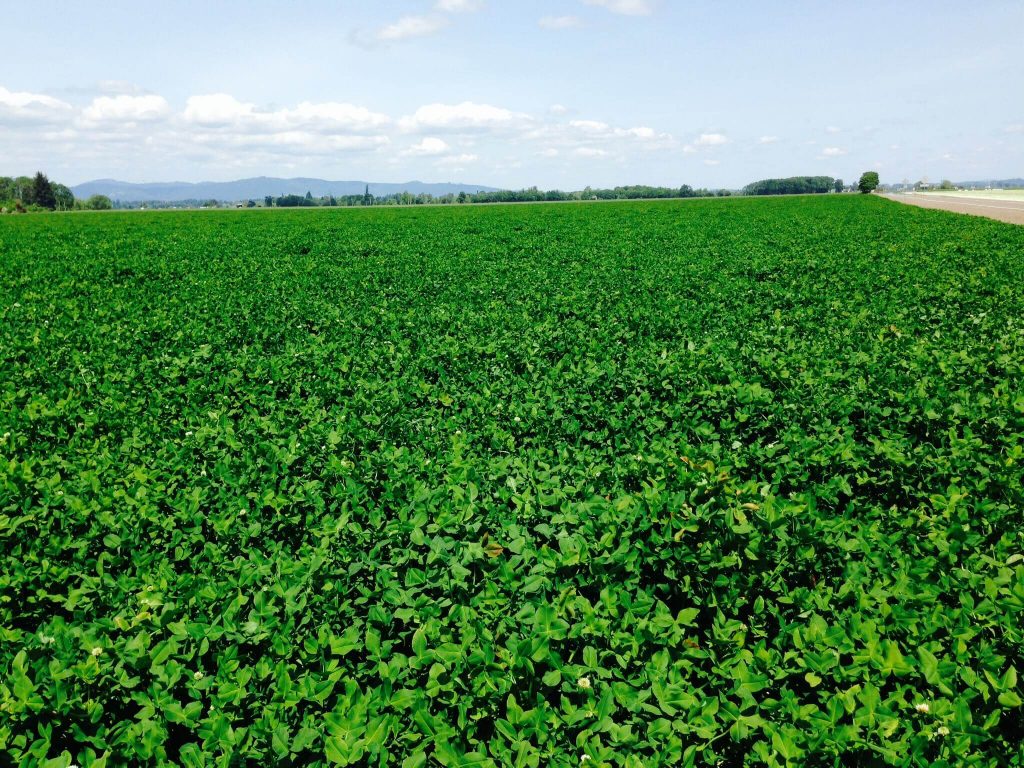Pre-Sowing
A firm, clean seedbed is a necessity when establishing a pasture. Soil packing may be required to retain adequate soil moisture for germination. Packing should be avoided on soils where crusting is a problem.
Control
Allow weeds to germinate prior to sowing. Weeds should be eradicated with a non–selective, post-emergent herbicide prior to sowing.
Adequate Soil Moisture
Moisture should extend from the surface to at least 7 inches in depth. Providing a firm moist seedbed ensures close contact between the seed and soil allowing quicker and more uniform germination. Sowing should coincide with favorable moisture conditions.
Seed Placement
Seed should be neither exposed nor buried too deep. For optimum germination, seed should be planted 1/4 to 1/2 inch deep.
Initial Grazing
Grasses should be 5 to 6 inches tall, well anchored by an established root system, and there should be ample soil moisture prior to grazing. A quick grazing or mowing after these conditions are met will enhance tillering. Do not allow livestock to graze below 2 inches in height. Never graze newly sown pastures early, under dry conditions, or if grasses are poorly developed.

In numerous trials of SucraSEED grass varieties, dairy, beef and lamb producers have experienced the following performance results: